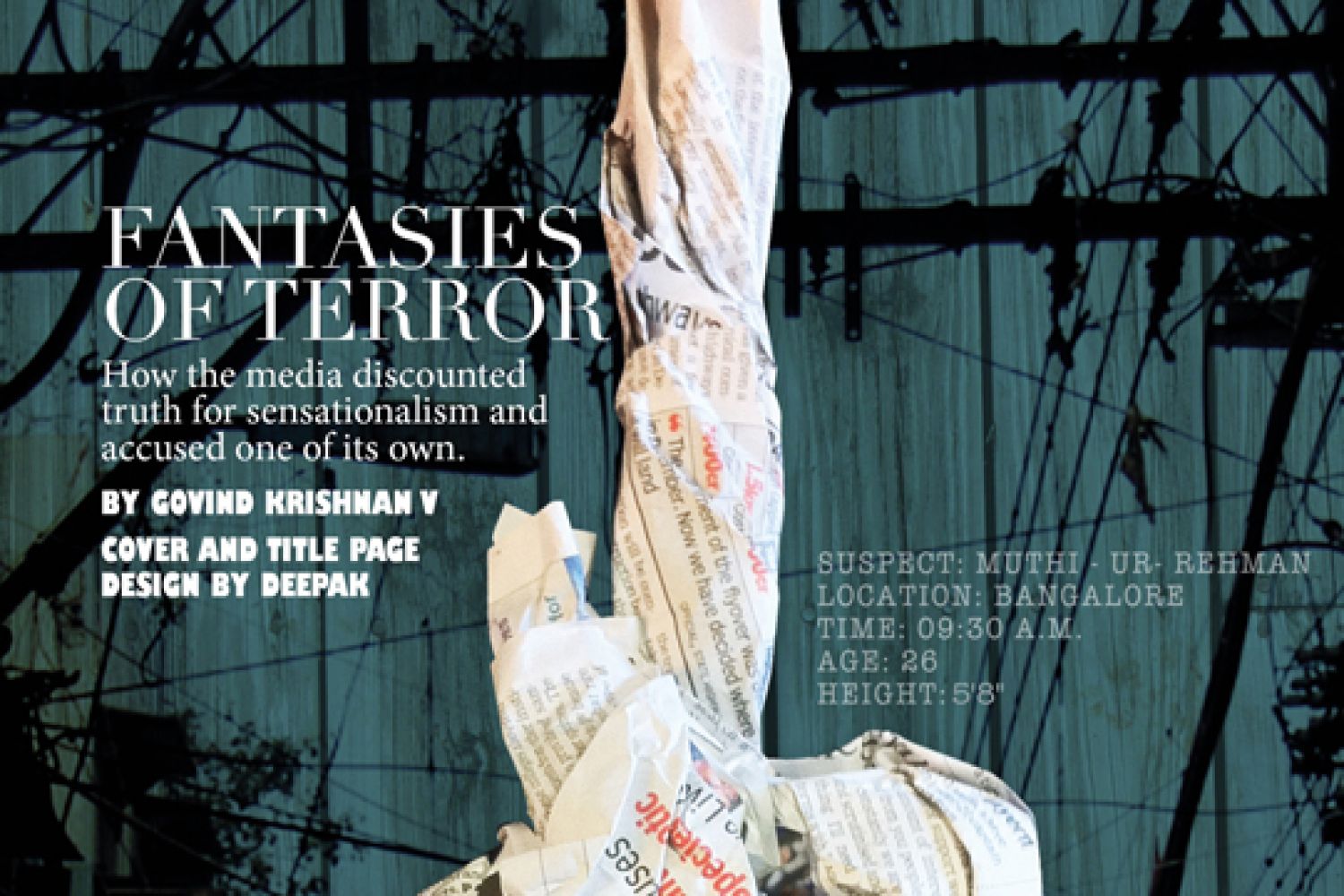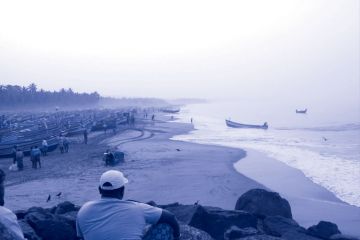
On August 31, 2012,
the Deccan Herald carried this story on its front page:
“The Central Crime
Branch (CCB) of the City police on Wednesday cracked down on alleged terror
modules in the State, arresting 11 people including six from Bangalore and five
from Hubli. The 11 men were held for their alleged links with banned terror
organisations, Lashkar-e-Toiba (LeT) and Harkat-ul-Jihad-al-Islami (HuJI), from
across the border. L. R. Pachau, Director General & Inspector General of
Polic





